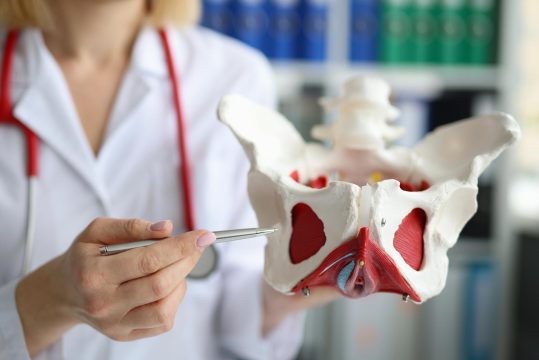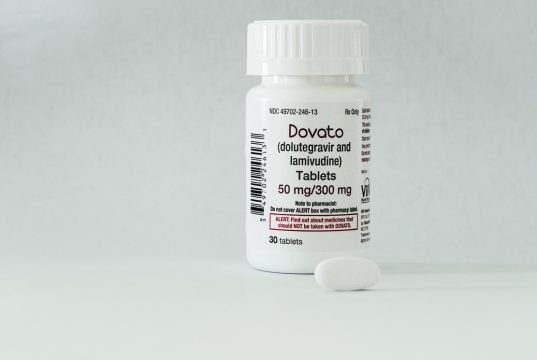Advertisment
ESC 2014 Report: High-dose statins therapy appears to lower atherosclerosis after STEMI
by Bruce Sylvester: After 13 months of high-dose statin therapy, STEMI (ST Segment Elevation Myocardial Infarction) patients achieved significant reductions in coronary atherosclerosis, researchers reported on Sept. 2, 2014 at ESC 2014. However, there was no difference in the volume of necrotic cores.
The findings from the IBIS-4 (Integrated Biomarkers and Imaging Study) were published simultaneously in the European Heart Journal. The study is the first to use ultrasound imaging inside coronary arteries at the time of heart attack and after 13 months of treatment to measure possible effects of high-dose statin therapy on plaque burden.
“Previous work has shown that high-dose rosuvastatin can reduce plaque size in stable patients, but until now this has not been specifically investigated in arteries of patients with acute heart attacks, a setting known to harbor additional high risk plaques that can be the source for future cardiovascular events,” said investigator Lorenz Raber, M.D., an interventional cardiologist from Bern University Hospital in Bern, Switzerland.
“Additionally, our study is the first to use intracoronary ultrasound to assess the actual plaque composition and the plaque phenotype, and to observe how both respond to treatment,” Raber added
In IBIS-4, 103 patients with acute STEMI underwent IVUS (intravascular ultrasound) in the proximal part of the two non-infarct arteries immediately after primary PCI (percutaneous coronary intervention).
They were treated with rosuvastatin 20 mg for two weeks, and then the dosing was then increased to 40 mg for 13 months.
At 13 months, ultrasonography revealed that 85% of patients achieved regression of plaque in at least one artery, and 56% achieved regression in both. Intracoronary plaque fell by a mean of -0.9% (p=0.007), with a mean change in total atheroma volume of -13.7 mm3 (p=0.006).
The investigators noted that even though the drop in plaque volume was independent from cholesterol levels at baseline, it was directly correlated to cholesterol reduction at 13 months.
Radiofrequency intravascular sonography of the plaque tissue composition showed no changes in high risk tissue (necrotic core) and no reduction in “high risk plaques.”
Rosuvastatin treatment led to a low-density lipoprotein (LDL) cholesterol decrease from a median of 3.29 mmol/L at baseline to 1.89 mmol/L (p<0.001), a 43% reduction. And 44% of the subjects achieved a guideline-recommended LDL level of less than 1.8mmol/L.
Investigator Stephan Windecker, M.D., chief of cardiology and director of invasive cardiology at the Swiss Cardiovascular Center in Bern, Switzerland, said, “The beneficial effects of high-dose statin therapy on coronary plaque regression previously observed in patients with stable coronary artery disease can be extended to those at highest risk for cardiovascular complications, namely patients with acute heart attacks. This explains at least in part the clinical benefit of high-dose statin therapy in patients with heart attacks.”





